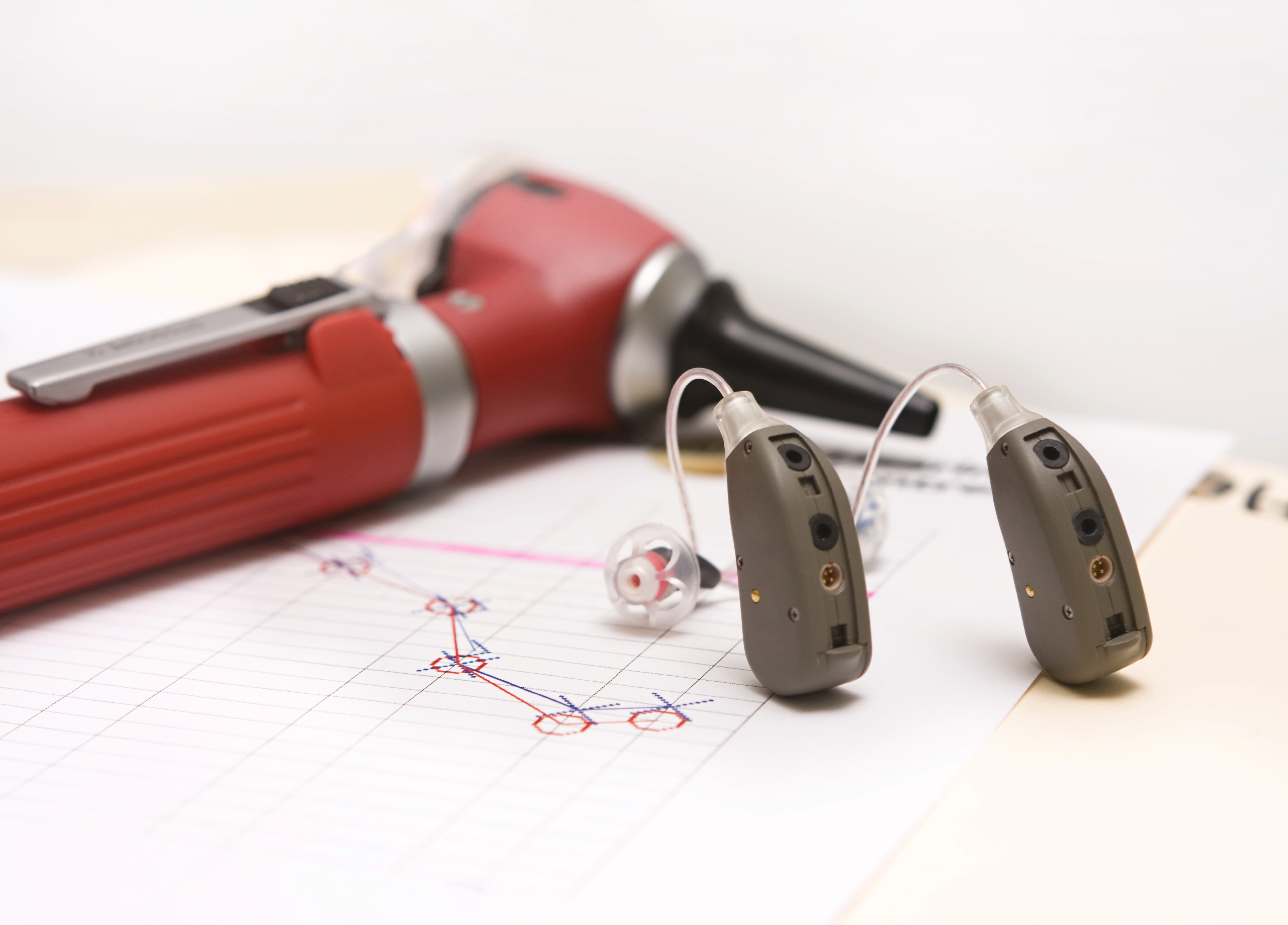
You have most likely watched the advertisements. The ones pushing PSAPs, or personal sound amplification products, ensuring a boost to hearing for as little as 20 dollars. It sounds like a excellent bargain—especially when compared to the substantial price tag of a hearing aid.
In reality, it’s not so much a great deal as it is clever marketing. The ads do their best to hide some crucial information while concentrating on carefully selected talking points.
But the question remains: why would you want to spend more money on a hearing aid when less costly PSAPs are available? Here are five good reasons.
1. PSAPs are not FDA-regulated medical devices
Listen carefully to the PSAP commercials. You’ll hear all about “boosts” to hearing but never about treating hearing loss. The reason: PSAPs are not FDA-regulated medical devices and can not be utilized to treat any medical condition, including hearing loss. PSAPs are simply leisure products meant to provide advantages to people who can already hear with ease.
Using a PSAP to treat hearing loss is like using a pair of reading glasses to treat near and far-sighted vision impairment. Hearing aids, on the other hand, are FDA-regulated medical devices that can properly treat hearing loss.
2. PSAPs are not customizable
Hearing aids may not look like much on the surface, but inside they contain advanced digital technology that can slice up, save, adjust, and control any type of sound. Hearing aids can additionally create adjustments for pitch and volume so that amplification complements the patient’s hearing loss precisely.
A PSAP, in contrast, is a one-size-fits-all electronic device that amplifies soft sounds. Since every person’s hearing loss is a little different, PSAPs won’t amplify the correct frequencies. Rather, PSAPs will amplify all sound, producing distortion in noisy spaces.
3. PSAPs can’t enhance speech
Speech sounds are distinctive in that they are mostly represented in the higher frequencies, particularly in comparison to background noises. Considering that digital hearing aids can detect variations in sound frequency, hearing aids can amplify speech while curbing background noise. PSAPs, for the most part, do not have this capability.
4. PSAPs could cost you more in the long-run
First, hearing loss is occasionally caused by factors that do not require hearing amplification whatsoever. If, for example, earwax buildup is generating your hearing loss, an easy professional cleaning can improve your hearing within a few minutes—and without a cent spent on any amplification products.
Second, sometimes more significant medical conditions can cause hearing loss, so you’ll want a professional examination to rule this out. Because you can purchase a PSAP without any communication with any healthcare professionals, you could be placing yourself in real danger.
Third, if you do have noise-induced or age-related hearing loss, a PSAP will not function the way you would need it to. You’ll most likely purchase a hearing aid at some point anyway, so you might as well forego the additional cost of the PSAP.
And last, compared with hearing aids, there is no mandatory trial period for PSAPs. If you purchase one and it doesn’t work, there’s no legal guarantee that you’ll recoup your money.
5. PSAPs lack the functionality of a hearing aid
PSAPs, like we explained, are simple amplification gadgets stripped of any sophisticated functionality. Hearing aids, in contrast, can enhance speech, minimize background noise, and adapt to different surroundings. Some hearing aid models can even wirelessly stream phone calls and music, and some can be controlled with smartphones and watches.
The choice is yours
PSAPs do have their uses. If you have normal hearing, PSAPs are great for things like bird watching and eavesdropping on conversations, if that’s your sort of thing.
But for hearing loss, don’t settle for less than you deserve. Your hearing, and the relationships that count on it, are too important.
